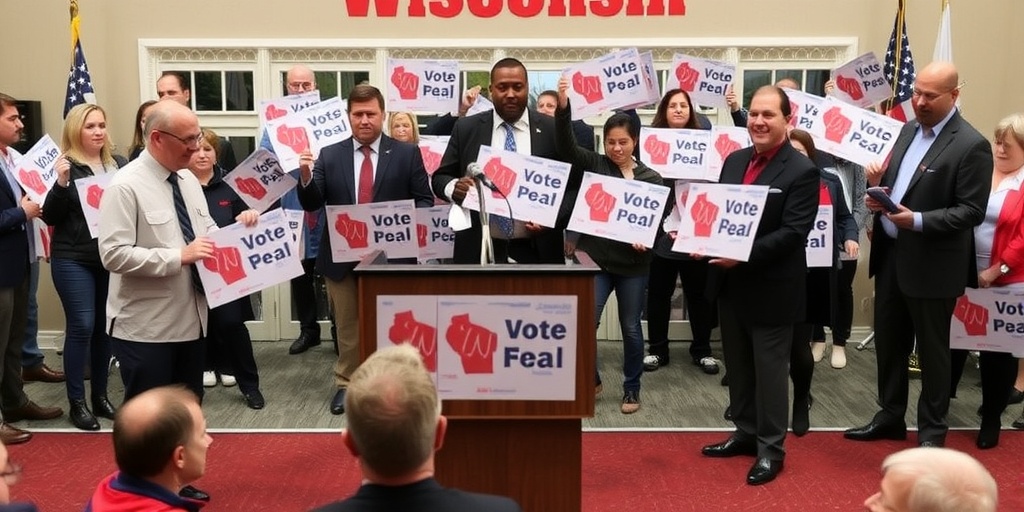Now Reading: Is Your Agency’s FOIA Office Facing Cuts?
-
01
Is Your Agency’s FOIA Office Facing Cuts?
Is Your Agency’s FOIA Office Facing Cuts?

Significant Cuts to FOIA Teams at Federal Agencies Prompt Concerns Over Transparency
In a striking development that raises alarms about transparency within federal government operations, recent reports indicate that the Centers for Disease Control and Prevention (CDC) has disbanded its team responsible for handling Freedom of Information Act (FOIA) requests. This move follows similar drastic reductions within the Food and Drug Administration (FDA), where FOIA staff has been significantly diminished. As these shifts unfold, questions arise about whether this trend is part of a broader government-wide pattern.
The Freedom of Information Act is a critical tool that allows the public to request access to records from any federal agency. It plays a vital role in promoting transparency and accountability in government operations, empowering citizens to gain insight into the workings of their government. With the reported eliminations and cuts to FOIA teams at two of the most significant public health agencies in the United States, there is increasing concern among advocates and the public alike about the potential impact on access to information.
The decision to eliminate the CDC’s FOIA response team underscores a concerning trend at a time when public scrutiny and the demand for transparency are paramount, particularly following the COVID-19 pandemic. With the public’s heightened interest in health-related information, the absence of a dedicated FOIA team may hinder timely access to critical data that citizens and journalists rely on to inform their understanding of public health issues.
While the full implications of these staffing changes remain to be seen, experts warn that reduced capacity to process FOIA requests could lead to longer wait times for information, which could obstruct investigations into matters of public interest. This lack of transparency also raises questions about the potential for government agencies to operate with decreased scrutiny and oversight, particularly when it comes to sensitive health-related information.
In light of these developments, the New York Times has launched a questionnaire aimed at gathering more information directly from individuals working within federal agencies. This initiative invites insights from those familiar with the impacts of FOIA staffing reductions and encourages submissions from various stakeholders. Respondents will remain anonymous, ensuring that their insights can be shared freely without fear of repercussion.
The questionnaire seeks to understand better the current state of FOIA offices across different federal agencies, including queries about staffing levels, the impact of any personnel changes on the processing of FOIA requests, and whether agencies have issued new guidance that may impede the handling of these requests. Questions also delve into whether agencies have appointed chief FOIA officers or established the presence of public liaisons to facilitate communication with the public.
Furthermore, the inquiry aims to uncover any potential practices that may be emerging within agencies whereby officials are using unofficial communication channels to evade FOIA requests. Such practices, if prevalent, could constitute a significant erosion of the principles of transparency that FOIA is designed to uphold.
As the New York Times embarks on this exploratory initiative, they emphasize their commitment to confidentiality and the responsible handling of any information provided by respondents. The publication assures participants that their responses will not be published without prior verification and follow-up, ensuring that the gathered data is accurate and trustworthy.
While the immediate impacts of these staffing changes at the CDC and FDA are still unfolding, the actions taken to eliminate or reduce FOIA teams in these critical agencies reflect a larger issue facing the federal government. Advocates for transparency are calling for greater awareness and action to restore the necessary resources for FOIA offices, emphasizing the importance of ensuring that the public’s right to access information is not undermined.
In conclusion, the disbanding of the FOIA team at the CDC and cuts at the FDA signal a troubling trend that could have far-reaching implications for government transparency and accountability. As the public grows increasingly reliant on access to government information, it becomes imperative that federal agencies are equipped to fulfill their obligations under the FOIA. The New York Times’ ongoing effort to gather firsthand accounts and insight from those affected is a commendable step towards understanding and combating the erosion of transparency in government operations. By shedding light on these issues, we can collectively advocate for a system that prioritizes openness and accountability in a democracy.
Stay Informed With the Latest & Most Important News
Previous Post
Next Post
-
 01New technology breakthrough has everyone talking right now
01New technology breakthrough has everyone talking right now -
 02Unbelievable life hack everyone needs to try today
02Unbelievable life hack everyone needs to try today -
 03Fascinating discovery found buried deep beneath the ocean
03Fascinating discovery found buried deep beneath the ocean -
 04Man invents genius device that solves everyday problems
04Man invents genius device that solves everyday problems -
 05Shocking discovery that changes what we know forever
05Shocking discovery that changes what we know forever -
 06Internet goes wild over celebrity’s unexpected fashion choice
06Internet goes wild over celebrity’s unexpected fashion choice -
 07Rare animal sighting stuns scientists and wildlife lovers
07Rare animal sighting stuns scientists and wildlife lovers





















